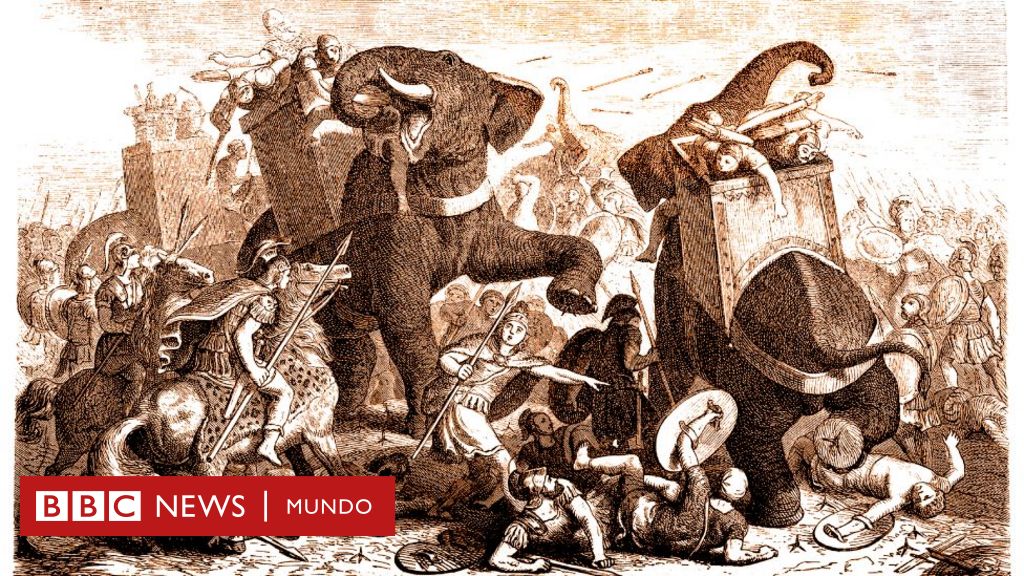Invasion of Gaza, 2,355 years ago by Alexander the Great
The historically significant city of Gaza, which has recently been the center of attention after being invaded by Israel following Hamas attacks, has a rich and tumultuous history dating back over 2,000 years. In 332 BC, the formidable conqueror Alexander the Great laid siege to the city, which proved to be a challenging and significant battle during his conquest of Asia.
Gaza was historically an oasis of life surrounded by deserts and was a city of considerable importance, as described by the Greco-Roman Flavius Arrian in his “Anabasis of Alexander the Great”. It was the last city built on the way from Phoenicia to Egypt, serving as a crucial point of passage between Asia and Africa through the empires of the Mediterranean Levant.
Throughout its history, Gaza changed hands constantly, with various ancient civilizations, including the Philistines, Israelites, Assyrians, Egyptians, Babylonians, and Persians, exerting control over the city. The city was strategically valuable due to its location, and as a result, it was the site of numerous significant historical events, including the imprisonment and death of the biblical hero Samson.
When Alexander the Great faced the challenge of besieging Gaza, he was told by his engineers and advisors that it was impossible to penetrate the city walls due to their great height and the secure wall that protected its entire perimeter. However, Alexander was determined to prove them wrong and believed that success against all odds would have an enormous deterrent impact on his enemies. He ordered the construction of an embankment to place assault machines at the height of the walls and brought the equipment that he had used in the siege of Tyre, another significant Phoenician city-state.
Despite facing initial challenges and a warning from a fortune teller about being cautious, Alexander and his forces ultimately managed to breach the city walls after about 100 days of fighting. The battle resulted in significant human losses on both sides, and the city of Gaza was devastated by the siege.
After capturing Gaza, Alexander took his children and wives as slaves, repopulated the city with people from neighboring towns, and used it as a fortress for future wars. He then continued on his journey to Egypt, where he was welcomed with open arms, solidifying his position as the Great King of Media and Persia.
The invasion of Gaza by Alexander the Great serves as a poignant reminder of the city’s historical significance and the complex and tumultuous events that have shaped its legacy over the centuries.
